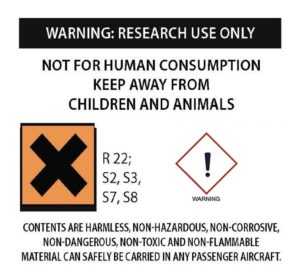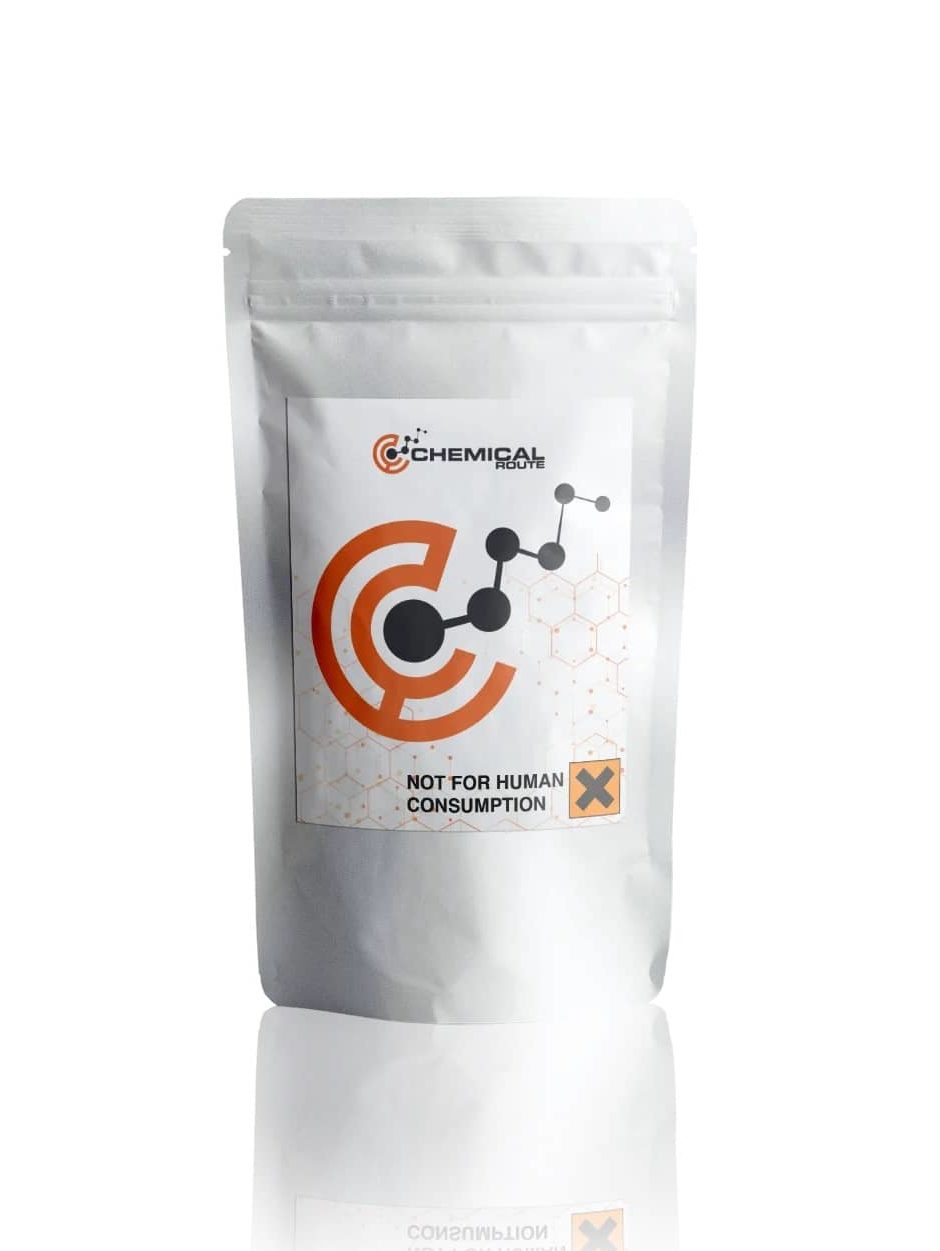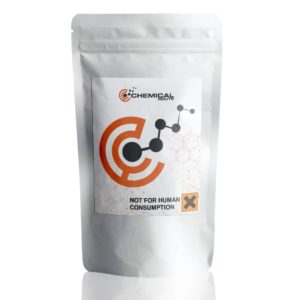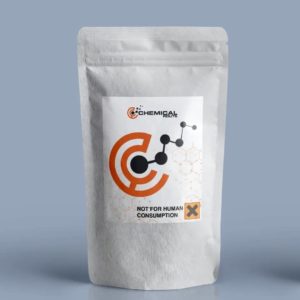Description
3-Cl-PCP, 3-Chloro-PCP
Product information
IUPAC-name 1-[1-(3-chlorophenyl)cyclohexyl]piperidine
Synonyms 3-Cl-PCP, 3-Chloro-PCP, 3-chloro Phencyclidine
Formal name 1-[1-(3-chlorophenyl)cyclohexyl]piperidine
Cas number NA
Formula C17H24ClN
Molar Mass 277.84 g·mol−1
Purity 99.0 % min.
Formulations A neat solid, Powder
Solubility
- DMF: 15 mg/ml
- DMSO: 10 mg/ml
- Ethanol: 20 mg/ml
- PBS (pH 7.2): 10 mg/ml
3-Cl-PCP, 3-Chloro-PCP, 3-chloro Phencyclidine
A recreational drug known as 3-Chloro-PCP (3′-Cl-PCP) is a derivative of the arylcyclohexylamine family. It has similar effects to phencyclidine, but with a slightly different profile. It was first identified in December 2020 in Slovenia and was made illegal in April 2021 in Hungary.
This substance, which is also known as 3-Chlorophencyclidine, is a novel type of dissociative drug that can induce hallucinogenic and euphoria effects when administered.
It was first synthesized in 2020 and was marketed alongside other dissociative drugs such as 3-F-PCP and DMXE.
It is known to induce a state of dissociative anesthesia, which is characterized by a highly variable and dose-dependent effect. Compared to other drugs, such as 3-HO-PCP and 3-MeO-PCP, it has little stimulating effect.
It has been reported that this substance can also cause various side effects, such as flu-like symptoms and muscle soreness. These suggest that it could be more toxic or dangerous than other dissociatives. It’s also believed that the chemical reaction caused by the drug could make it difficult for the body to break down. This suggests that it could be a potential threat to the health of users.
Today, 3-Chloro-PCP is mainly sold online through various grey market chemicals. There is currently not a lot of information about its pharmacology and metabolism in humans. Due to its potential habit-forming properties and its sensitive dose-response, it’s important that users follow proper harm reduction measures.
Chemistry
3-chlorophencyclidine (3-CI-PCP), also known as 3-chlorohydrochlorhydramine, is a dissociative of the group arylcyclohexylamine. It is also known to be a structural analog of 3-MeO-PCP and PCP. It is a synthetic compound that is composed of a six-member saturated ring and two adjacent rings at R1. One of the rings is a piperidine, which is a nitrogenous six-member ring, while the other is an aromatic phenyl ring.
Pharmacology
Similar to other arylcyclohexylamine antagonists, 3-chloro-PCP is an inhibitor of the NMDA receptor. However, it is also a more effective antagonist of this receptor than other similar compounds. It is also a fairly equipotent inhibitor of the dopamine reuptake.
The N-methyl-D-aspartate (NMDCA) receptor is a component of the glutamate receptor that regulates the transmission of electrical signals from the spinal cord to the brain. Dissociative actions prevent the normal functioning of the receptor. According to some studies, this activity can lead to the formation of a network that is disrupted throughout the brain.
This activity can lead to the formation of a network that is disrupted throughout the brain. It can also cause an increase in noise on the cerebral network, which can result in the loss of various cognitive and psychomotor functions. This is usually observed in people who have been exposed to high-dose IV doses of THC or Ketamine.
The toxicological and physiological properties of this compound has not been analyzed. Usage of this Chemical should be for research and forensic purposes only.
WARNING This product is not for human or veterinary use.

This product is only available to persons of 21 years old and above.
Hazard statement(s)
| H302 | Harmful if swallowed |
| H315 | Causes skin irritation |
| H319 | Causes serious eye irritation |
| H332 | Harmful if inhaled |
| H335 | cause respiratory irritation |
| H336 | cause drowsiness or dizziness |
| Precautionary statement(s) | |
| P264 | Wash hands thoroughly after handling |
| P280 | protective gloves/protective clothing/eye protection/face protection |
| P305 + P351 + P338 | IF IN EYES: Rinse cautiously with for several minutes. Remove contact lenses, if present and easy to do. Continue rinsing. |
| P337 + P313 | If eye irritation persists: Get medical advice/attention |
| P261 | Avoid breathing dust/ fume/ gas/ mist/ vapors/ spray |
| P271 | Use only outdoors or in a well-ventilated area |
| P304 + P340 | IF INHALED: Remove victim to fresh air and keep at rest in a position comfortable for breathing |
| P312 | Call a POISON CENTER or doctor/physician if you feel unwell |
| P403 + P233 | Store in a well-ventilated place. Keep container tightly closed |
| P405 | Store locked up |
| P501 | Dispose of contents/container to a licensed disposal company |




Reviews
There are no reviews yet.